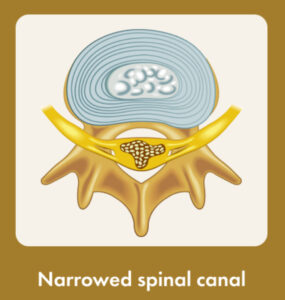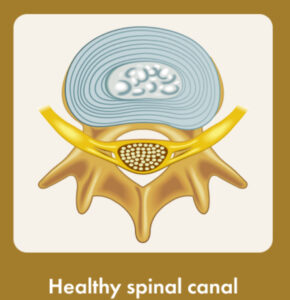Understanding Spinal Conditions: Spinal Stenosis
When it comes to back pain, spinal stenosis is another common culprit that can cause significant discomfort. But what exactly is spinal stenosis, and why does it hurt so much? Let’s break it down in a way that’s easy to visualize—and maybe a little fun.
What is Spinal Stenosis?


Imagine your spinal canal as a tunnel. Normally, this tunnel has plenty of room for your spinal cord and nerves to pass through without any issues. But with spinal stenosis, this tunnel starts to narrow, leaving less room for your nerves to travel. As the tunnel gets tighter, the nerves can become pinched or compressed, which leads to the pain and discomfort that many people experience.
This narrowing can happen due to a number of factors—like aging, arthritis, or even an injury—but no matter the cause, the outcome is the same: your nerves are under pressure, and they’re not happy about it.
What Symptoms Should You Watch For?
Spinal stenosis can show up in different ways depending on where in your spine the narrowing occurs. Here are some key signs to keep an eye on:
- Lower Back Pain: Pain in the lower back is common and can sometimes spread down your legs. It may worsen when standing or walking and feel better when sitting or leaning forward.
- Leg Pain or Cramping: Many people with spinal stenosis experience pain, cramping, or a heavy feeling in their legs, especially when walking. This is known as neurogenic claudication, and it often improves when you rest.
- Numbness or Tingling: You might feel numbness or tingling in your legs, feet, arms, or hands, depending on which part of your spine is affected.
- Weakness: Muscles controlled by the compressed nerves may feel weak, making it harder to walk, balance, or complete daily activities.
What Should You Do Next?
If you’re dealing with any of these symptoms, it’s important to take them seriously. Spinal stenosis can get worse over time, so early intervention is key to preventing further complications and managing your discomfort.
The good news? You’re not alone. Our team is here to help you better understand what’s happening with your spine and find the right treatment plan to get you back on track. Whether it’s through physical therapy, pain management, or other treatment options, we’re dedicated to helping you feel your best.

